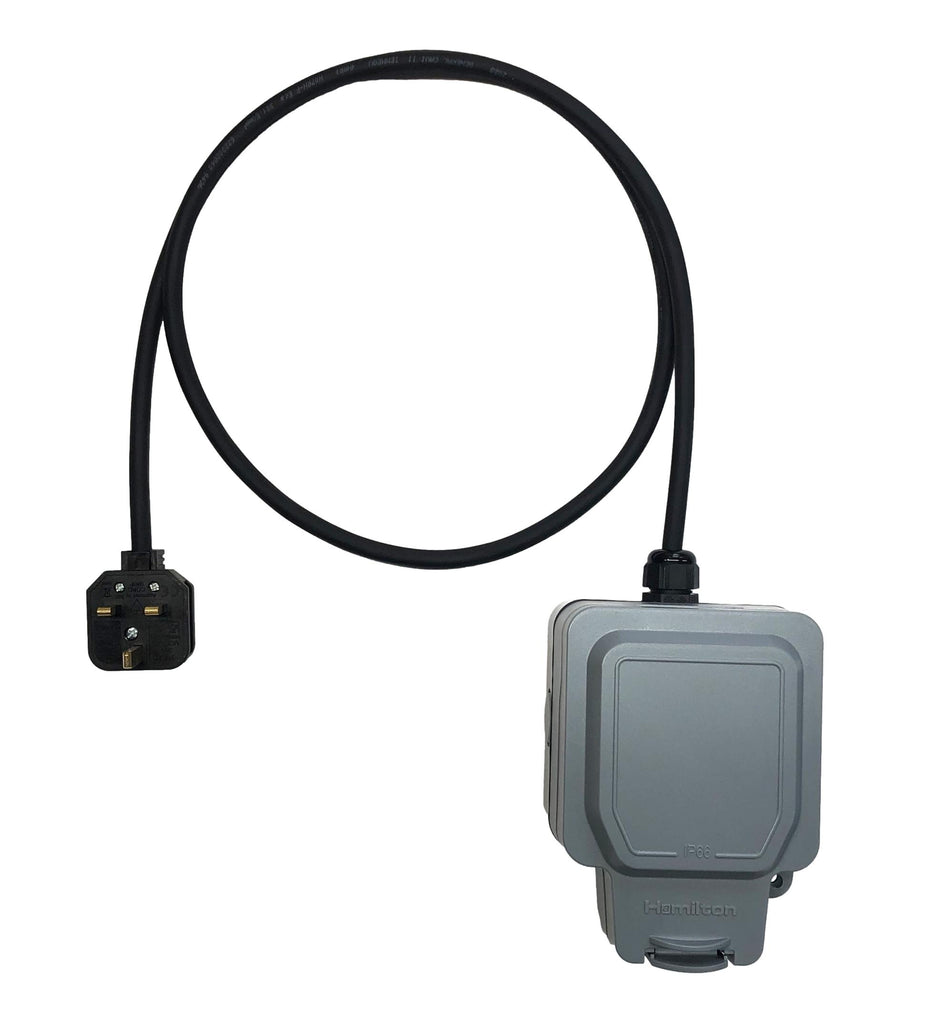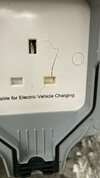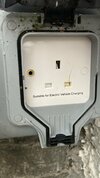Although ... I overspec'd mine on the grounds that it also had the UMC cable to accommodate too, and "anything else" that I might plug in in future .. .e.g. at Relies, my lead not enough so I also plug in their "Cheap and nasty lawn mower cable"

I know nought about Electrics, so may have wasted my money, but my thinking was "don't allow my bit to cause a strain somewhere else"
Yes, good point. Added to which UMC charging is going to be circa 10% more losses than a 7kW wall charger would be. If nothing else, the car is going to be "on" for the charging interval, so it will be chewing up that power (how much is that? from memory 200W) for the whole time, and the "whole time" is going to be 3x as long using UMC compared to 7kW wall charger
Assuming a cable could be run to the "normal parking location", then putting a charger there would be much better solution IMHO. "
Come home, Plug in. Done" ... but ... its £1,000 of anyone's money. But ... but ... but ... almost-everyone (with home parking) is going to have to put in an EV charger at some point.
The Pros / Cons I can think of are:
One day you will come home empty and want to charge quicker then 2.5kW
You have an EV visitor and want to charge them. UMC is (probably) not going to get them enough juice, fast enough, to get home ...
You are putting wear-and-tear on your UMC ... and replacing them isn't cheap
You have no backup ... so if your UMC dies that's it. Whereas if Wall Charger dies you still have UMC
If you go anywhere you need to take UMC with you - including coiling it up wet and horrible on some days. Or you don't take it ... and then find you need it., you will be fresh-out-of-luck Mine is in the boot of my car "always ready"
What about Pre-conditioning? Is 2.5kW enough to heat battery in winter? (It may well be, IDK)
And what about "Charge to 100% before departure"? Mine will do the last 10% in an hour, so I can charge to 90% "overnight" and then top up shortly before departure. And I can pre-condition as well (especially as kW drops when approaching 100% ... but I doubt?? that it drops below 2.5kW UMC level)






